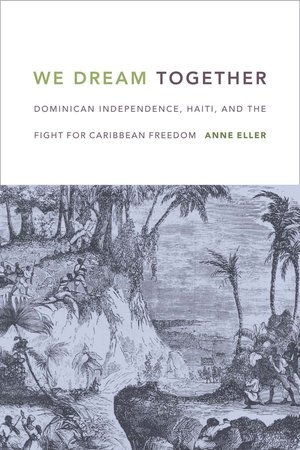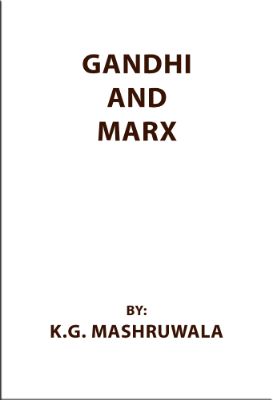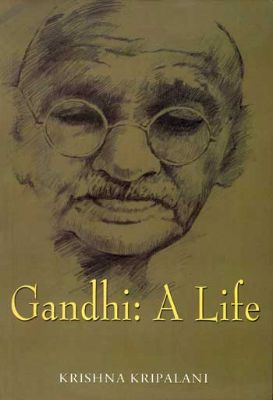Giottus Pictor: Band 2: Giottos Werke
This represents the second volume of a three-volume undertaking. Volume I (M.V. Schwarz und P. Theis, Giottos Leben (Giotto´s life), Vienna 2004) critically examined Giotto´s biography and the corpus of his documented works. Volume 2 presents these works in their respective contexts and attempts to gather information about dating and sequence. It begins with the Arena Chapel, which is Giotto´s most extensive and best documented works. The documentation was still further improved by Michaela Zoeschg´s campaign in the archives and libraries of Padua and Venice. Some aspects of the chapel´s early history now appear in a different light. With regard to the paintings, it is possible to emphasise more strongly than before that they adress the viewer in a decidedly different way. The classic “pictures” (in Hetzer´s sense) are specially cases, whose conception is only gradually developed. The formulation of this thesis is also assisted by new insights into the sequence of work brought about the last restoration of the chapel. The second part is dedicated to those works which form the prerequisites for the imagery of the Arena Chapel. Connected to this are the decisions to identify the Isaac master with the young Giotto and date the Navicella early (confirming with the sources). On this basis, it can be shown that the early works are united in their origins in contemporary Roman painting with its late Byzantine and classicising components. Their common trait is the striving to maximise the presence of the subjects represented, which are almost deposited into the world of the viewer. Before this background, the pictorialism developed in the Arena Chapel can be recognised as a form of withdrawal: instead of being ever more present in the world of the viewer, the imgage´s subjects receive increasingly perfect pictorial worlds of their own. The third part responds to the documented fact that Giotto was active in Assisi soon after the conclusion of his work in Padua. It is, however, unclear which of the Giottesque fresco series in S. Francesco can be attributet to this phase. This provides an opportunity to go through the series and show that they reflect different phases of Giotto´s creative life, although – as in the younger pictures of the Francis legends – several layers from Giotto´s oeuvre and reception overlay each other. The Magdalene chapel is connected with Giotto´s visit to Assisi in 1308. The fourth part is dedicated to the works after the Magdalene chapel up to the Bardi chapel which, in accordance with the early us of S Croce, is dated c. 1318 – 20. It is shown how the pictorial concept changed once again – in that Giotto opened the picture spaces towards the viewer. The Badia frescos and the panels for the Ognissanti church are, among others, attributed to this phase. The fifth part deals with works after c. 1320. All architectionally framed polyptychs are assigned to this phase (including the Badia Altar, normally dated earlier). They stand in competition with Sienese followers of the Maesta and answer these latter with a design clearly bearing the imprint of cisalpine gothic. This phase of work is marked above all by competition with the Siense. In the Peruzzi chapel, once again, new pictorial concepts are worked on. Extreme openess to the viewer in one fresco (Dance of Salome) stands in contrast to another (awakening of the Drusiana), whose window effect seems to anticipate Alberti. The concluding chapter attempts to set Giotto´s work in its place within the media-landscape around 1300 and to show where he took and where he gave. The planning of the Campanile is investigated in an appendix: it can, firstly, be shown that the Sienese campanile drawing is close to Giotto´s polytych frames and painted architecture, and thus probably reproduces Giotto´s plan. Secondly, it becomes clear how far the tower, rising further after Giotto´s death with its sculptural programme, contributed to Giotto´s fame.
| Publication Language |
German |
|---|---|
| Publication Access Type |
Freemium |
| Publication Author |
Michael Viktor Schwarz |
| Publisher |
Böhlau |
| Publication Year |
2023 |
| Publication Type |
eBooks |
| ISBN/ISSN |
9780000000000 |
| Publication Category |
Open Access Books |
Kindly Register and Login to Shri Guru Nanak Dev Digital Library. Only Registered Users can Access the Content of Shri Guru Nanak Dev Digital Library.
You must be logged in to post a review.















Reviews
There are no reviews yet.